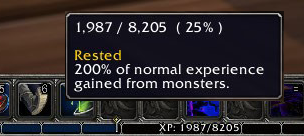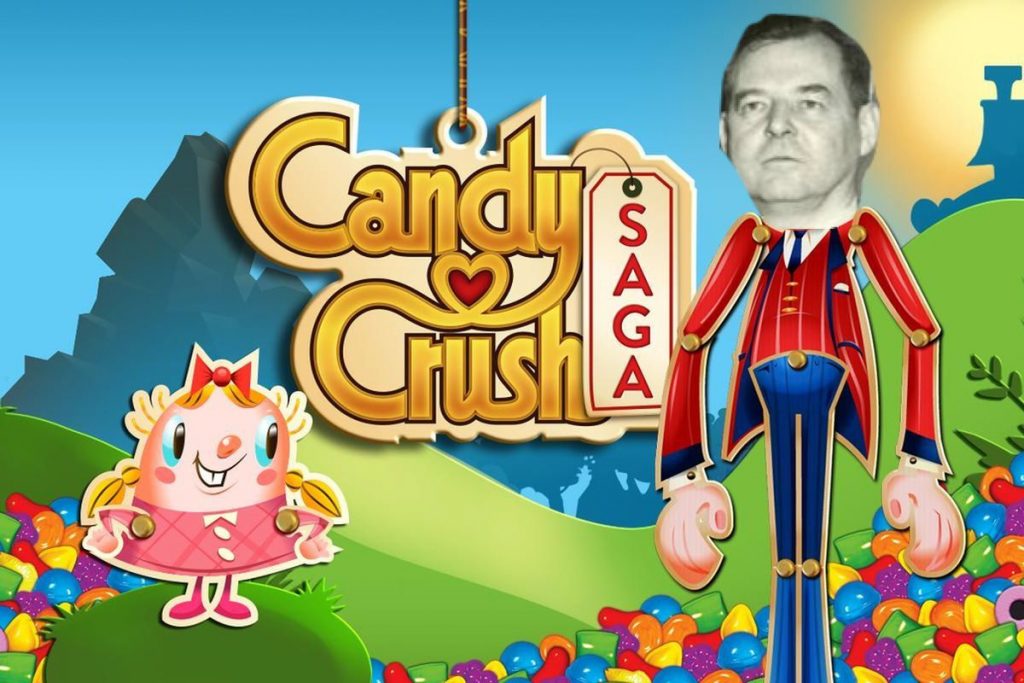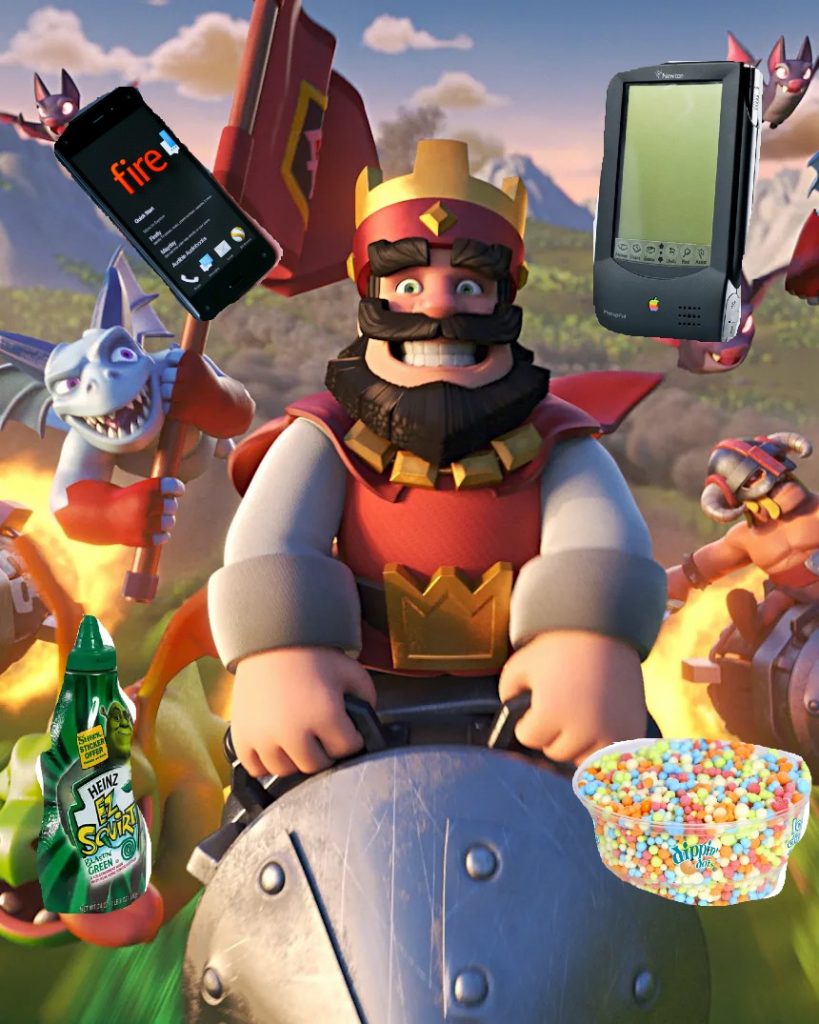One revelation of the Apple v. Epic case is that 67% of revenue is from the Item Shop.

to
know
Recent Posts

The previous model of battle pass (BP) focused on average daily monetization cap (ADMC) as the key lever in driving more monetization from BP. Special attention was paid to the role of tiers and we’ll continue to do so here.
One of the more interesting shortcomings of BP is the inner temporal nature of the pass. The pass is available not on demand but at fixed time intervals. If a player joins in the middle of a twelve week season they face radically different pass economics then someone who started at the beginning of the season.
(more…)
In 1931, American economist Harold Hotelling published the seminal paper The Economics of Exhaustible Resources. Harold described a problem many firms face: how much of a non-renewable resource should they sell at any given time? This problem is more apparent when thinking about managing an oil supply but just as relevant when considering how to manage match-3 levels.
(more…)
Professional sports give us something to aspire too. Players are celebrated as heroes and children grow up wanting to become them. It’s no secret that the internet, and games in particular, have found even more ways to engross us in the world of sports. But the terms of that engrossment are not incidental, they’re crucial. NBA TopShot lets users “own” iconic moments. FIFA Ultimate Team (UT) has players collect star footballers. Fantasy sports gives betters big stakes based on outcomes. These platforms offer us an opportunity to insert ourselves closer to the action. French start-up Sorare fuses these aspects in a way we haven’t seen before; it’s the greatest challenger to UT and fantasy sports in years (sorry PES).
(more…)
In Six common mistakes when moving to live-service games and free-to-play, Ben Cousins argues that cosmetic-only monetization is a mistake:
(more…)
Monetization’s modern paradigm is defined by a direct store and battle pass (BP). After years (and ongoing) criticism of loot boxes, Fortnite re-wrote the rulebook in a way that seems to make both developers and players happy. However, it’s important to consider that at sufficient scale any monetization scheme looks like a winner. It’s unclear if Fortnite is a winner because of the pass or despite it. For instance, the collapse of Clash Royale’s monetization can be partly traced to the introduction of its own pass.
(more…)subscribe to the blog subscribe to the blog
subscribe to the blog subscribe to the blog
subscribe to the blog subscribe to the blog
subscribe to the blog subscribe to the blog